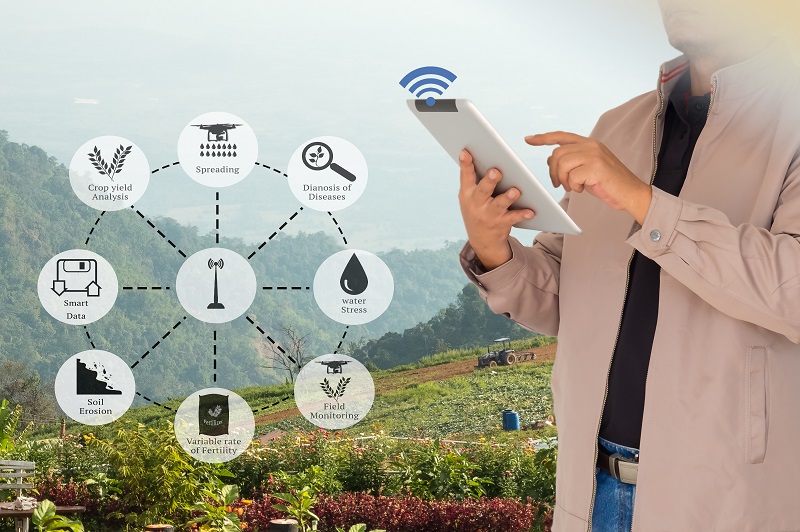The Costly Countdown to a New Farm Bill
Post-COVID inflation, particularly farm input costs, was front and center heading into early 2023, writes Roman Keeney, Associate Professor at Purdue University. With the 2018 Farm Bill expiring, the opportunity to shore up the agricultural safety net was expected to drive the debate as legislators looked for ways to raise reference prices or index farm income support to costs.
The 2022 election changed leadership in the U.S. House, requiring a reboot of the process to coincide with the new majority agenda. The legislative calendar has spared little room for agriculture in 2023, with major conflicts like the debt ceiling and funding the government for fiscal year 2024 dominating the debate in a divided federal government.
The 2023 Farm Bill has become a casualty of this process, as current legislation expired on September 30. Senate agriculture leadership began pointing to the end of 2023 for a new Farm Bill, which is significant because, come January 1, we’re losing support for dairy farms. Failure to introduce replacement measures would cause dairy policy to revert to outdated price support mechanisms that are prohibitively expensive. Crop support programs will similarly revert to older permanent legislation from the 1940s and 50s, starting with the 2024 crop.
Reversion to these old, infeasible support measures is not a practical option, so some legislative remedy will be required. The most likely outcome is that Congress will agree to some sort of extension of the 2018 Farm Bill for 2024, either as part of the budget process or as a standalone measure. While this provides more time to finish the crucial work of a new farm bill, it does not address the current situation in farm prices and costs. Moreover, it adds to the financial burden on agricultural producers amid increasing uncertainty in the policy process.





